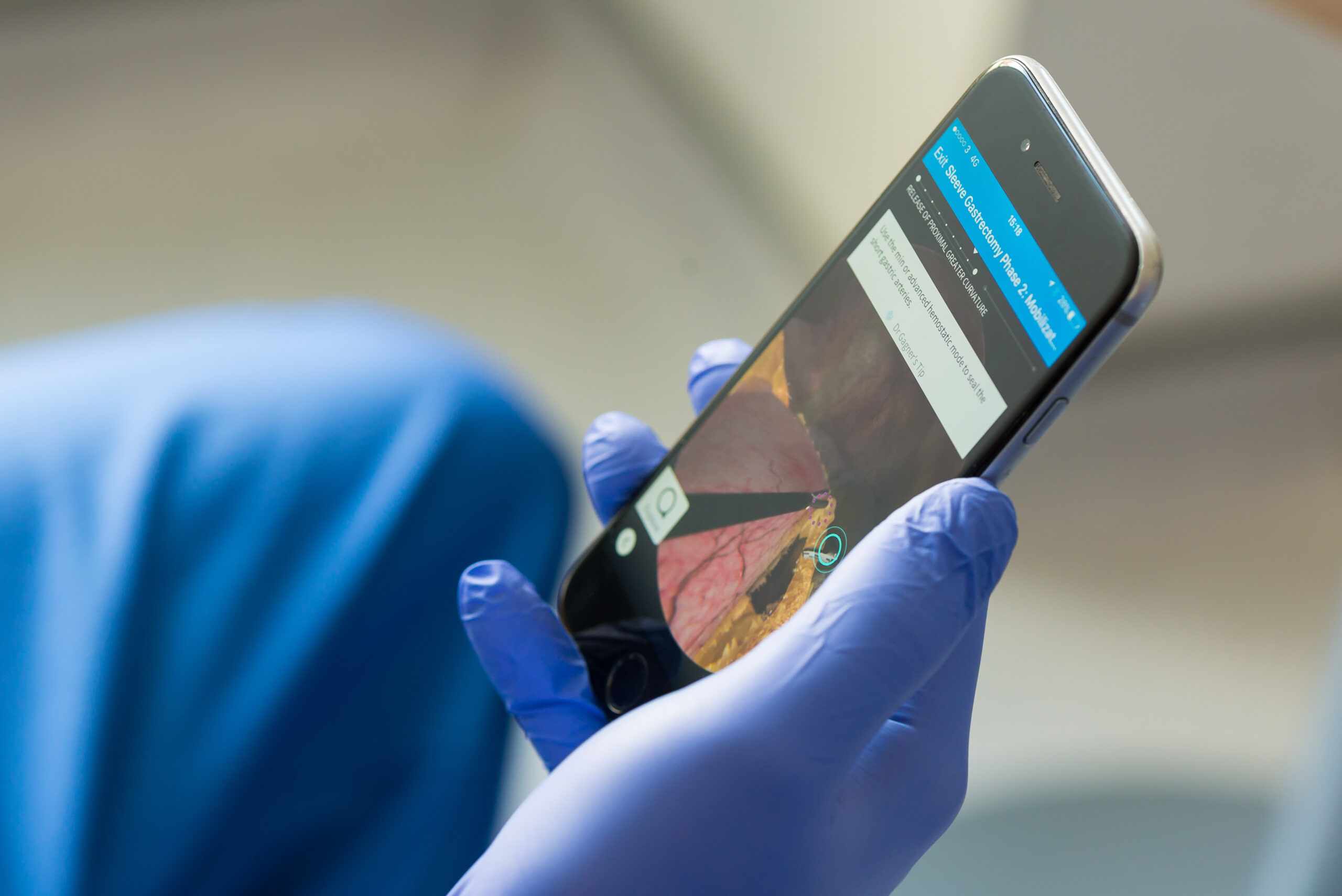
A new mobile app from Digital Surgery that expands the training of Mako® Product Specialists at Stryker Corporation
My Roles
Interaction and UX Designer
Instructional Designer
Project Manager
My Deliverables
User journey maps
Instructional copy
3D models and animation
My Tools
Illustrator
Maya
Teaching Product Specialists
Mako® Product Specialists (MPSs) support surgeons in the planning and execution of total knee replacements using the Mako® system. They are trained infrequently, in small numbers and at significant expense, so there is scant opportunity to impart complex concepts and workflows before they are deployed in the field. This is a common theme in clinical education.
An MPS engages with the pre-operative planning software that drives the workflow for Mako® knee replacement surgery.
(Image © 2021 Bio-Medical Campus University Polyclinic Foundation)
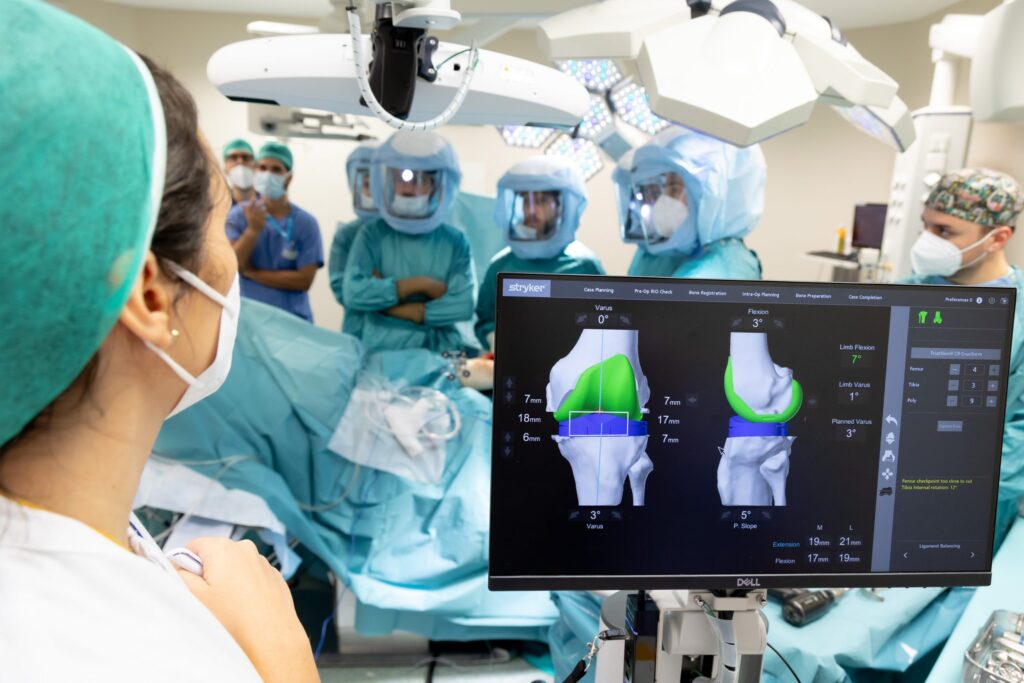
For the wider business context at Digital Surgery, this presented an opportunity to branch out from the main Touch Surgery app, whose interactivity was considered too rudimentary for deeper training experiences like the one Stryker needed. Touch Surgery Dynamic would provide a foundation for richer interactions and more comprehensive performance data.
I had previously produced learning content for Stryker at Digital Surgery. I was familiar with the Mako® system and its workflow, so I was considered a natural fit to lead this more ambitious project.
The Solution
Touch Surgery Dynamic simulates the experience of using Mako® operating software, allowing the trainee MPS to supplement formal training with convenient learn and practice sessions. I worked with a small team—two engineers and a UI designer—to develop the app.

The Process
Though we had to reproduce most of the functionality of the reference software, I took care in the design of the user interface to avoid overwhelming the user with the sheer density of information that is presented to them. Transitions between control modalities and screens were always animated to maintain continuity and keep the user oriented, and users could recall the equivalent screen from the reference software at any time.

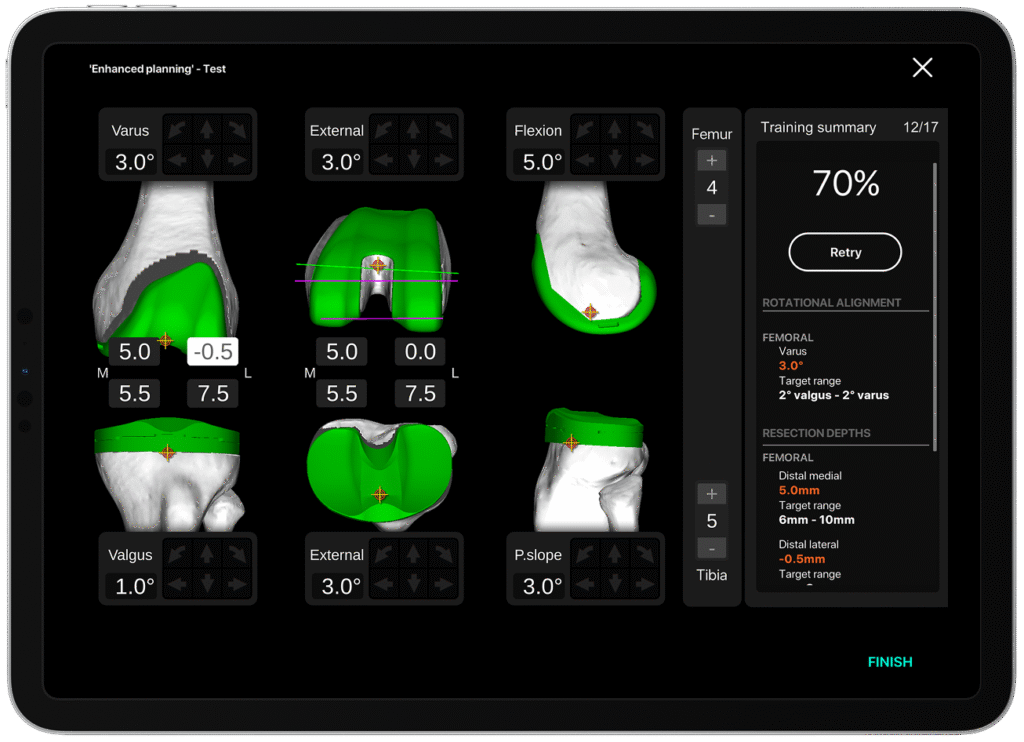

A significant problem I had to solve for this project was simulating the features and behaviours of the reference software with no direct access to it. Research trips like the one I made to New Jersey, USA (I am on the left of this image with arms folded), and close—sometimes daily—interviews and collaboration with external stakeholders allowed me to drill down into the journeys and pain-points experienced both by MPSs and the people who train them.
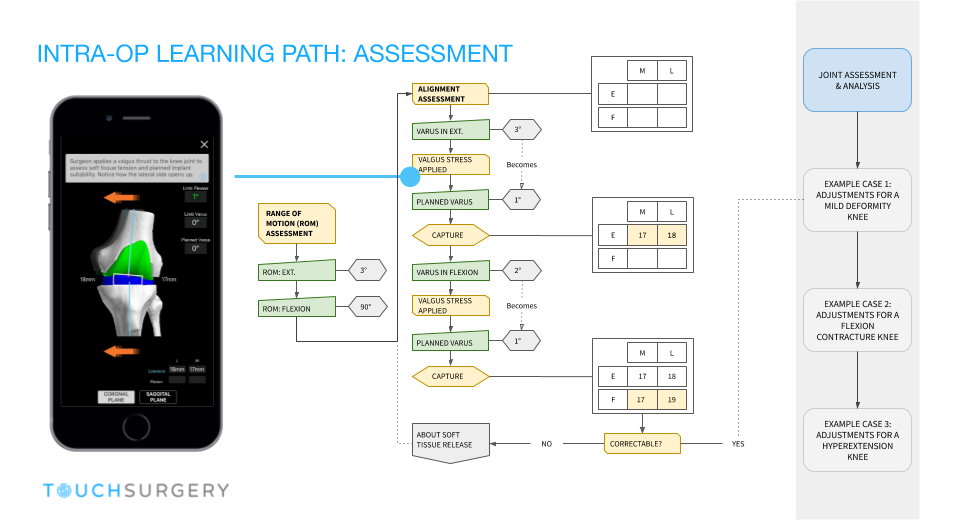
I was asked to adapt the user journey and instructional design for a VR prototype, developed to showcase the potential for immersive training to Stryker.
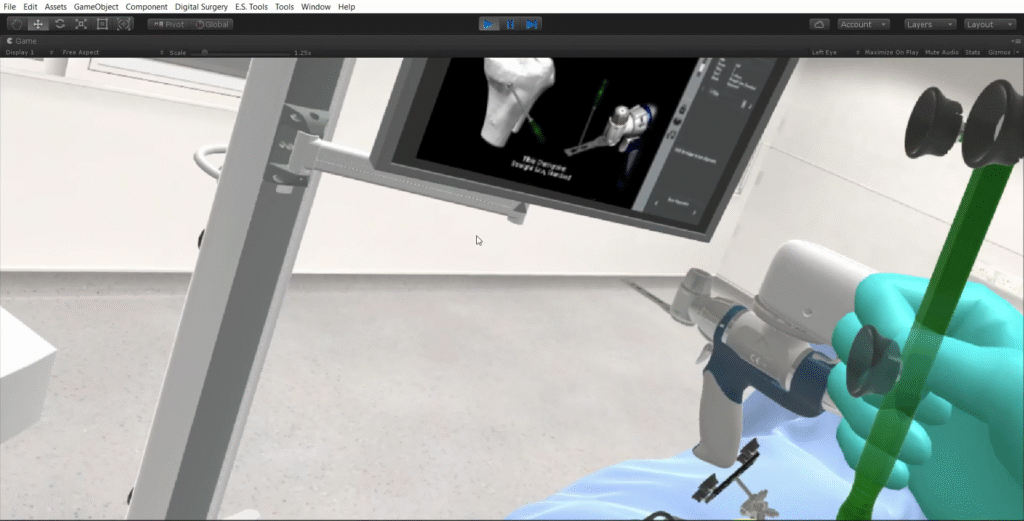
The Results
Using the app lead to a 11% enhancement in users’ learning and information recall compared with traditional methods according to one paper. This was ultimately an underwhelming ROI for Stryker.
The app was used as an optional preparatory rather than an assessment tool—training and validation of MPSs continued in conventional forums. The app remained available for iOS, iPadOS and Android devices until 2022, when it was discontinued after Digital Surgery’s acquisition by Medtronic.
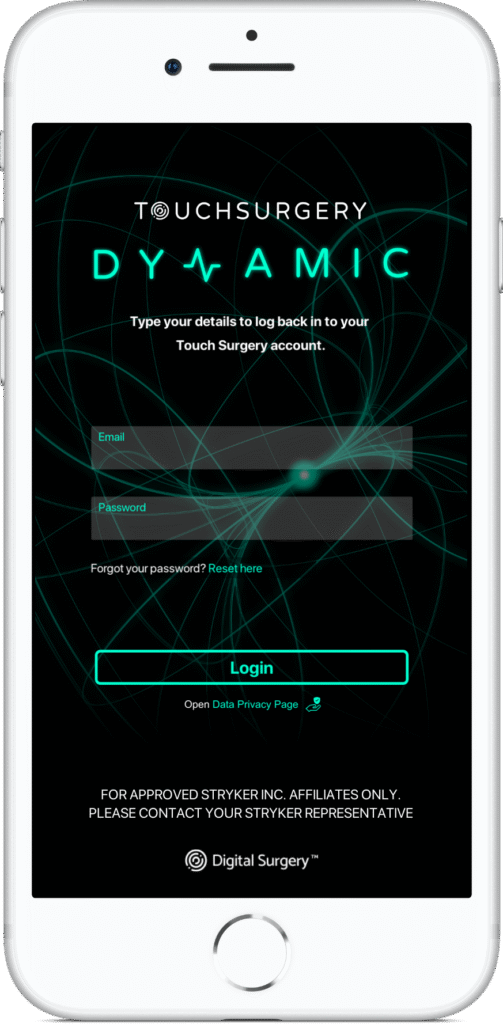
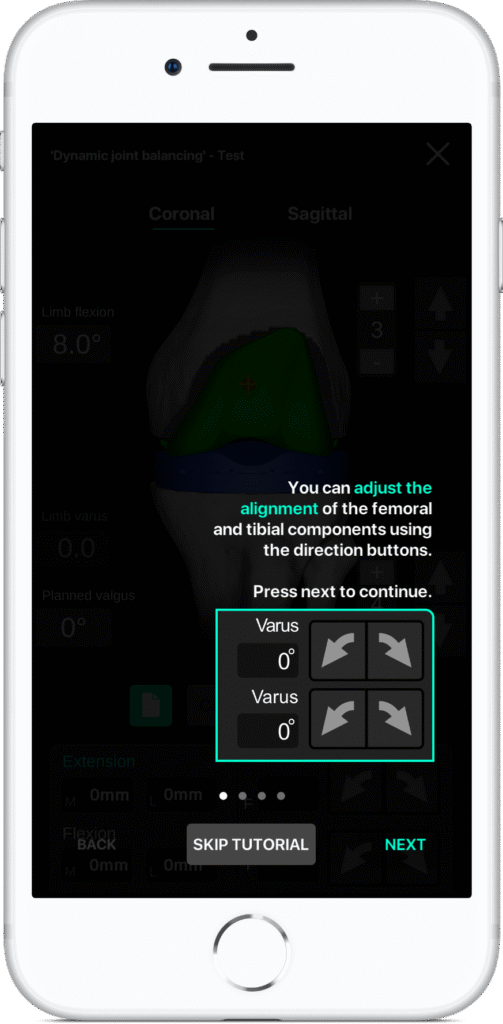
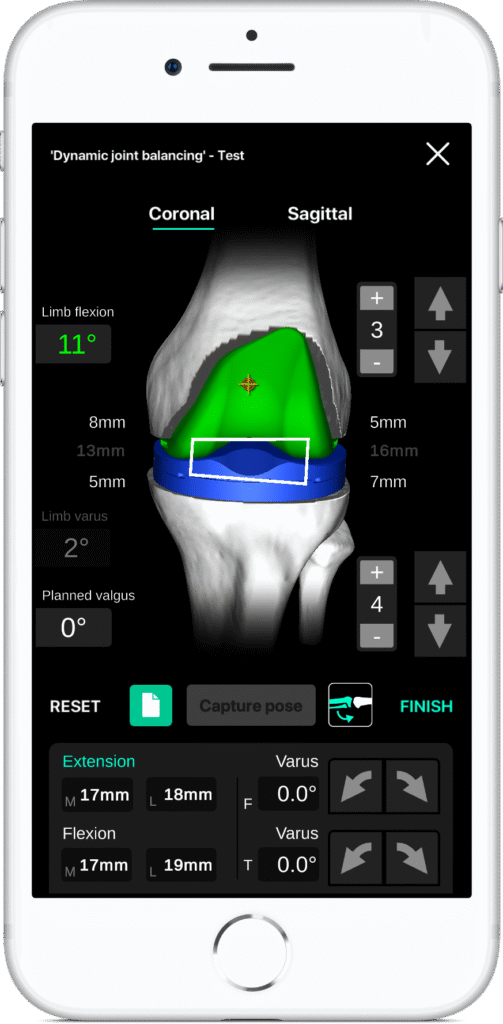
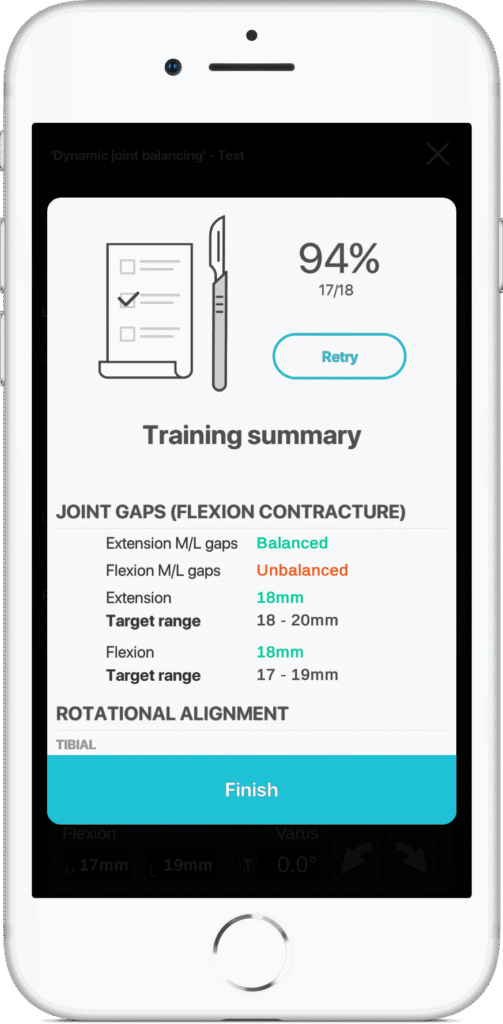
Case Study: Touch Surgery Dynamic
All images and trademarks © 2025 Stryker Corporation, unless otherwise stated. All rights reserved.